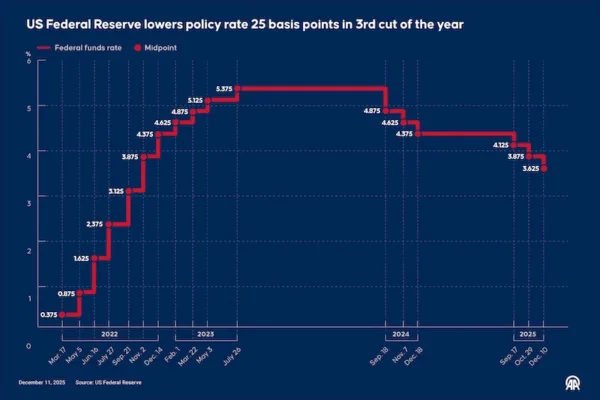The Changing Refugee Routes into Europe
The popularity of migrant routes into Europe from Africa and the Middle East have changed in 2018. The Mediterranean route from Libya to Italy and the sea route from Turkey to Greece have been the most common options over the last few years. Collectively, even though the number of migrants traveling these routes have decreased overall, the routes are changing due to policies enacted by the European Union (EU) and individual countries in Europe. This year the sea route to Spain from Africa and the land route to Greece from Turkey have seen larger numbers of migrants compared to the more commonly traveled routes over the last few years. The route changes have demonstrated that migrants will continue to find a way to Europe, and that the policies thus far have only diverted population flows to other regions. Despite trying to hinder migration flows, the policies have not addressed the root causes that have led to extremely high migration flows.
Europe witnessed a peak in migration in 2015, due to crises across Africa and in the Middle East, namely Syria. That year, Europe received 34,887 migrants by land and 1,011,712 migrants by sea. The countries with the largest arrivals were Greece, with 853,650 migrants by sea and 3,713 migrants by land,and Italy, with 153,842 arriving by sea. In 2016, Europe saw an extreme reduction in migrant arrivals. The sea arrivals drastically reduced to only 363,401 migrants, while the land arrivals decreased to 24,338 migrants. The EU-Turkey agreement, signed in March 2016, contributed to the reduction as new policies began to take effect to stop migration flows leaving Turkey for Greece. Reduction of migrants continued in 2017, when Europe saw 172,362 arrivals by sea and 14,406 arrivals by land.
The decline in arrivals to Italy in 2017 was, in part, due to bilateral agreements between the Libyan and Italian governments. Additionally, Greece saw a continuation in the reduction of arrivals in 2017, registering 80% less migrants than in 2016. While Italy and Greece saw declines in migrant arrivals, Spain observed an increase in arrivals by both sea and land in 2017. Spain’s increase has continued into 2018; thus far, Spain has registered 21,000 migrants. The migrants have come mainly via transit from Morocco and across the Strait of Gibraltar, however, Spain has also stepped up by accepting refugees from rescued ships which have been denied docking access in Italy and Malta.
Additionally, migrant routes from Turkey into Greece have transitioned from primarily sea to mostly land. Despite Turkey’s efforts to mitigate the migration flows to Greece as part of the EU deal from 2016, migrants continually search for the best way to move. The sea route is still being used, and the Turkish Coast Guard is continually stopping and rescuing migrants attempting to make the journey from sea. Yet, the land route has become more popular, causing Greece to strengthen the border between itself and Turkey. Recently, Medecins Sans Frontieres in Greece announced that they will begin providing medical support near the Greek-Turkish border. The changes in policy and movement of humanitarian organizations signals how routes are changing. Moreover, the changing routes have led to an increase in funding to the regional areas and an increase in personnel assistance.
Challenges will continue to rise as different routes are used. Even though countries are trying to stop the flows of migration from transit countries to Europe, migrants are resilient and will continue to find ways to travel into Europe. European countries will have to focus on the root causes in order to best halt migration. Meanwhile, efforts should still be made by Europe and the transit countries to continue supporting migrants.













